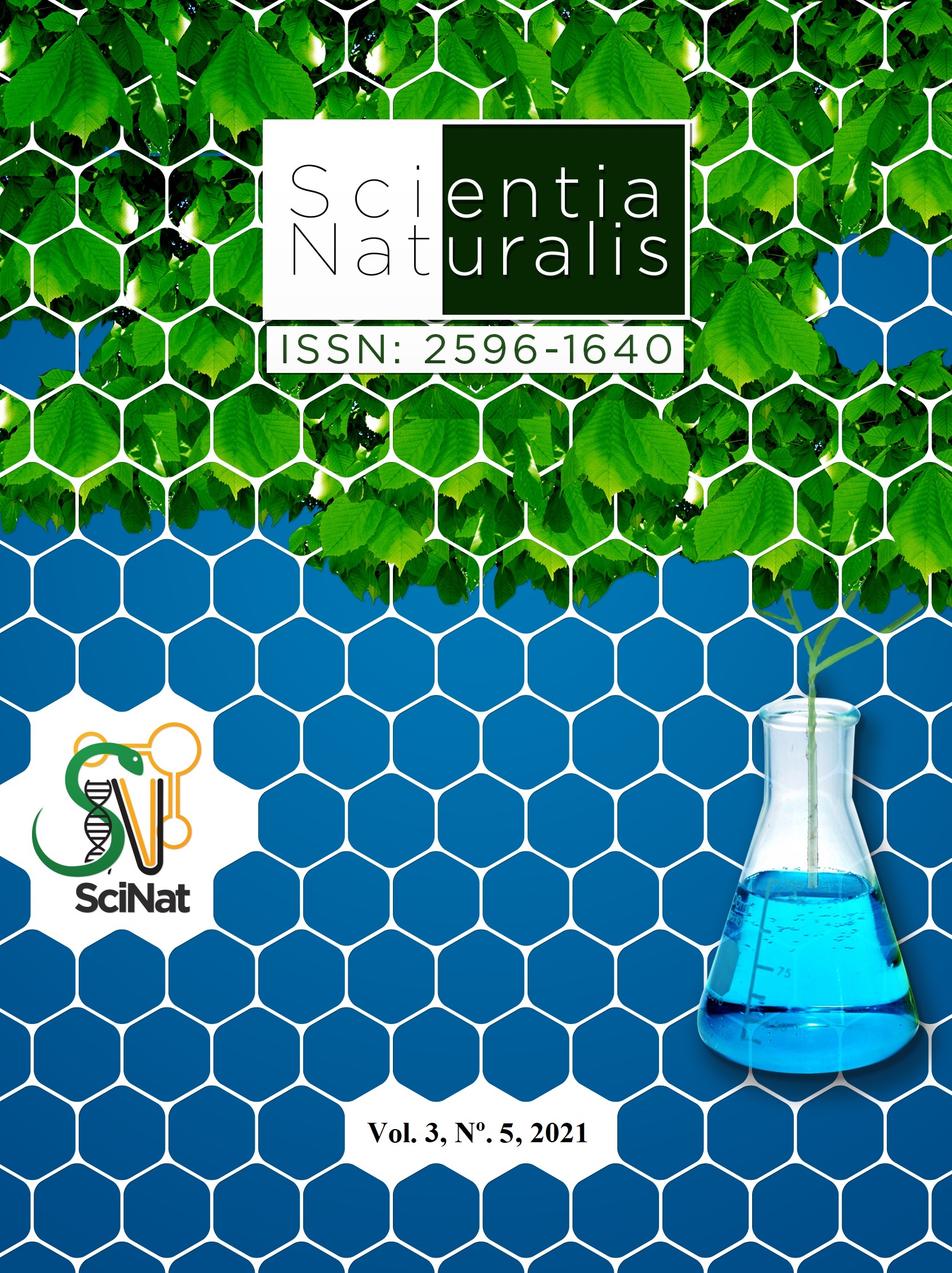Elementary identification of (copper, zinc, iron, rubidio) in the waste of the cupuaçu shells (theobrama grandiflorum) by x-ray fluoridation method
DOI:
https://doi.org/10.29327/269504.3.5-24Abstract
This work was based on the investigation of the chemical constituents present in the residues of the cupuaçu bark (Theobrama grandiflorum). For the elementary characterization method, the X ray fluorescence technique (EDX) was used in order to identify the possible elements contained in the cupuaçu bark, 30 sampling units of 10 cupuaçu fruits (Theobrama grandiflorum) were used, after elemental analysis, statical methods were applied (mean, stardard deviation and variance) boxplot was also udes to visualize the results and strengthening with the application of the Student’s T Test with (t>0.05) for the identified elements. The results obtained through the X ray fluorescence technique were identified the presence of four chemical elements classified as transition metals being Iron (Fe) With the highest percentage 0.77% while the other elements obtained low values, Copper (Cu) indicated 0.15% Zinc (Zn) had 0.09% and Rubidium (Rb) being the element with the lowest percentage of 0.08%. With the analysis of the results and research made in scientific articles, it was created the hypothesis that solid residues of the cupuaçu bark can be reused as aggregates for fertilizer production to be applied in agriculture, because it has elementary properties that are classified as micronutrients.




